Gush Katif Under the Palestinians
Gaza’s Jewish settlements were situated on about 30 percent of the Gaza Strip’s land. Former World Bank Group President James Wolfensohn intended that once the last Israeli left, the area would become attractive for tourism and hotels—a type of “Arab Riviera.”
Others hoped the Arabs would turn Gaza into the Singapore of the Middle East, a modern city-state drawing tourists to its beaches.
The greenhouses of Gush Katif, computer equipment, irrigation pipes, water pumps, and plastic sheeting were bought for the Palestinians at a cost of $14 million by private international donors. The Arabs destroyed all of it within days of the Israeli pullout.
In 2011, a European-financed effort, headquartered in the former settlement of Gadid, helped resuscitate farming on some of the land where the greenhouses once stood. These provided most of the onions, melons, and grapes sold on the Gaza market. Some of the fields in Gan Or are also being farmed again.
Hamas, which controls the area, is not happy about the farming but looks the other way. It also reluctantly allows tons of food, medicines, and other supplies from Israel into the Gaza Strip nearly every day.
In 2009, four years after disengagement, Israeli journalist Avinadav Vitkin, himself a former Gush Katif resident, contacted a Palestinian photojournalist. Would the Arab photographer take on the assignment of visiting the abandoned settlements and reporting back on what he found if his identity would be kept confidential to protect him? He agreed.
Vitkin was curious as to what had happened to places like Neve Dekalim, the “perfectly normal, suburban-like community with small cottages fronted by lawns and fauna” he was forced to leave, he said.
In selling disengagement, Israelis had been told Gaza was so overcrowded the Arabs would jump at the chance to use the areas the Jews would abandon.
Instead, the hundreds of photos that came back offered a portrait of ruin and destruction. Sand, wasteland, and rubble.
Rather than build on the foundations the Israelis left behind, the Palestinians either destroyed or neglected them. “What is painful,” Vitkin said, “is that it is hard to recognize the structures in the photos. The destruction has been so total.”
The Fatah Party used some of the abandoned structures to house a campus of its affiliated Al-aqsa University, using money donated by United Arab Emirates. The walls are decorated with the portraits of dead Palestinian terrorists. The Gadid community’s synagogue is now a mosque.
Israelis were told, Vitkin recalled, that they had to quit Gush Katif because it wasn’t sensible to live in an enclave surrounded by so many Arabs. “The reality is that Gush Katif epitomized Israel as a whole: an enclave of Jews surrounded by Arabs. The Jews had better get used to the idea,” he said.
In 2006, a New York Times reporter wrote that, with a few exceptions, most of the former settlements were transformed into a “post-apocalyptic landscape baking in the unforgiving sun.”
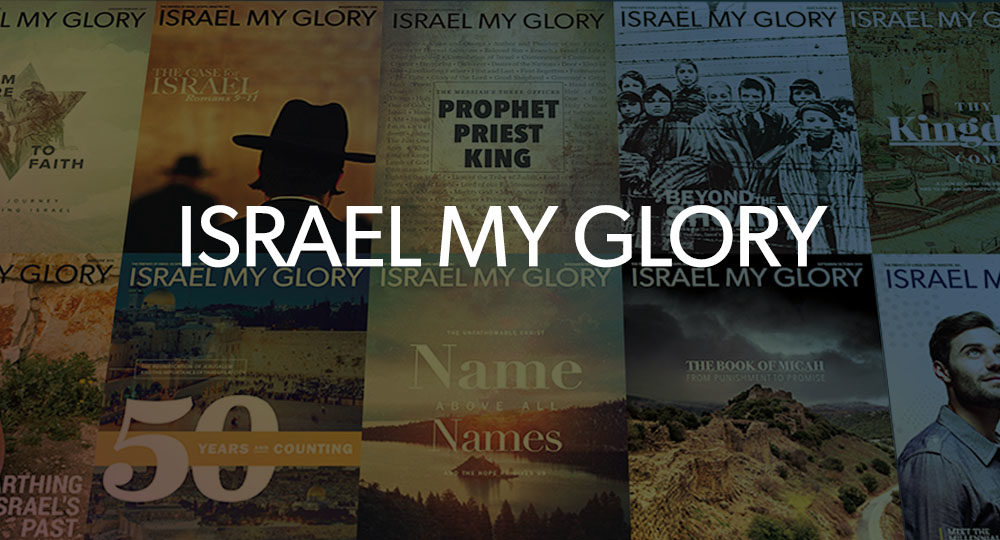

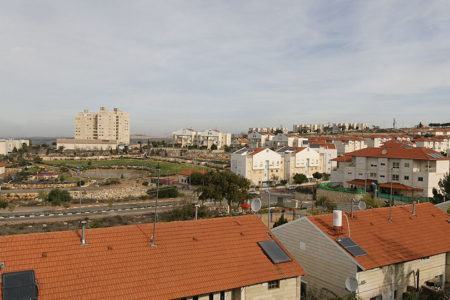
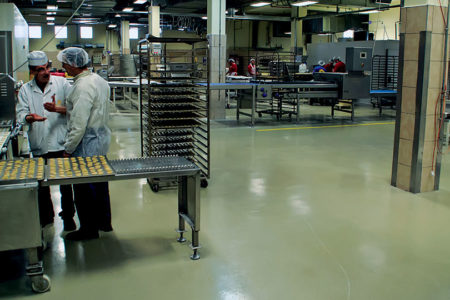
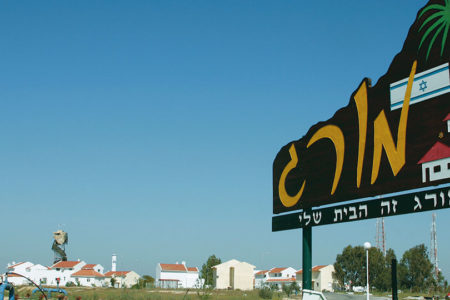
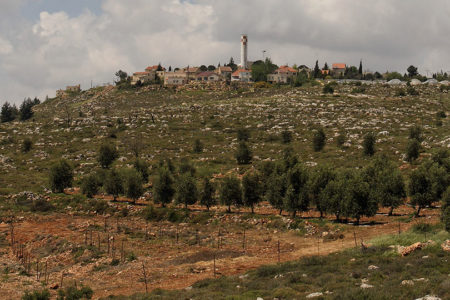


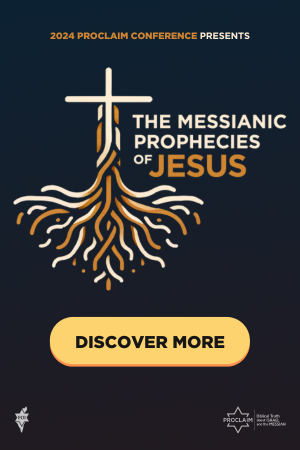
Your statement “The Arabs destroyed all of it [the Gush Katif greenhouses] within days of the Israeli pullout.” is a lie. Actually, the departing settlers themselves dismantled or destroyed half of the greenhouses. While there was some Arab looting after the settlers left, the remaining greenhouses were left largely intact. By December 2005 the greenhouses were up and running, ready to deliver their first crop, but an Israeli slowdown at the Karni crossing prevented the necessary flow of trucks that had to cross the border in order for the fresh produce to be shipped to European buyers. Although the Israelis cited security concerns for the slowdown, there was never any documented security threat at Karni. It was the Israeli choke-hold at the border crossing, not Palestinian anti-Semitic rage, that doomed the greenhouses, causing crops to be dumped as fodder for animals.
I am trying to learn the origin of the Palestinians and why they think Israel belongs to them
Truthfully, they really have no claim. Palestine was never a legitimate state or country even when the British took it from the Ottomans. In early 19 century and especially during the Ottoman period all people lived there and people did not identify themselves as “Palestinians”, in fact the war they had was called The Arab Israeli War. No mention of Palestinians who I’ll refer to as pal’s. When the Ottomans ruled for 500 years there were 50 Armenian Monasteries, you had the Armenian Quarter (Orthodox Christians), The Jewish Quarter, The Christian Quarter, and The Muslim Quarter. When the British made the partition plan Jordan, then known as “Trans Jordan” did become a country, but these pal’s never had borders, never had a currency, never a fully functioning government and they had the opportunity because people were given Palestinian Birth Certificates. Even very old Jews and Christians had these, but that was it.
Palestine is not an Arabic word and the name was given during the time of The Romans when the scattered the Jews and to try and add insult to injury with the Temple Destruction twice, they associated the Biblical name of the Philistines and called it Palestine. Prior to that it was always a Jewish Kingdom of Israel split in two with Samaria being in the north and Judah being in the South. All the Kings of Israel are not just in the bible, they are historical undisputed facts. Eventually the Muslim crusades wound up there as they spread with the sword and Israel or Jerusalem is never mentioned in the Quran, but some of the dynasties or Caliphs that went there in maybe the 9th or 8th century knew the Temple Mount was holy to several groups and they built a prayer shack, that later was converted to a small Mosque and later in books called Hadiths claimed it was the place their prophet flew to on a winged horse with a woman’s head and the tail of a peacock, then flew to heaven, hell and whatever else those Hadiths claimed and they declared it the 3rd Holiest site in Islam. Later during the Christian Crusades the Knights Templar took this Mosque called Al-Aqsa and used it as a palace. It was also completely destroyed by an earthquake twice and repaired. The Jordanians offered the Arab inhabitants Jordanian citizenship in what was referred to the “West Bank of the Jordan River”, but they screwed that up in so many ways and in 1950 they assassinated The King Of Jordan as he was visiting Al Aqsa Mosque (their “Holiest” site). After a while now surrounding countries wanted them, but many did wind up in Lebanon. After the declaration of an real Israeli State in 1948 after WW2 many Jews emigrated back there where there ancestors were. By the way the Arabs of Palestine sided with Hitler and Japan during WW2. Several wars happened in 1948, and especially the 6 day War in 1967 when Jordan, Egypt, Syria, and the Arabs in Palestine all attacked Israel and lost terribly. This is around the time of this pal identify propaganda people like Yasser Arafat came up with to build some form of nationalism for a nation that never existed. He need soldiers for all the terror networks and there were many. You remember the 1972 Munich Olympics when all those Israeli athletes were killed by these people calling themselves Pal’s. After the 67′ war Israel did take more land as is always done in wars, but gave most back, and created strong borders to fend off frequent attacks.
Now Israel is accused of “apartheid” and things like that, but they never tell of all the terrorist attacks against civilians like suicide bombings at a Sbarro Pizza place in 2000 killing 16, including 7 children and a pregnant woman. Or the public buses they blew up; two in one day 2 minutes apart and countless other atrocities against everyday peaceful civilians. The pal terror networks changed from attacking military targets to killing everyday people living peacefully. They have admitted they don’t want peace. That want the destruction of all Jews and Israel and anybody not Muslim and they believe to bring about another Messiah this must take place. Israel is often said to be “violating international law” or UN Peace Resolutions, but during the Oslo Accords Israel forcefully removed it’s citizens out of Gaza to try and start a peace process. Arafat agreed, but then never kept his part of the bargain and it was proven by an NGO that he had embezzled possibly hundreds of millions into Swiss banks instead of building the land they had with modern infrastructure and a thriving economy. So despite all or the Archaeologists findings and written history of the land of the Jews and Israel, these Arabs, now called pal’s have been conditioned for generations to believe not only an extreme form of Islam (it once was secular), but also taught and teach since babies a narrative that isn’t true. They claim they’ve been there for 1000 years all by themselves insinuating nobody else was there and that is just not true. I used to side a bit with the pal’s but after much reading and research I couldn’t support a group of people that celebrates the murders of children, women, kids, and everyday civilians, even to this day. They never wanted peace and now they are preaching a narrative in the West called “red pilling” while not telling the whole story and talking how bad they are treated and how innocent they are. I can’t name all the terror groups with both hands and all the planes they highjacked in the 60’s, 70’s, & 80’s.